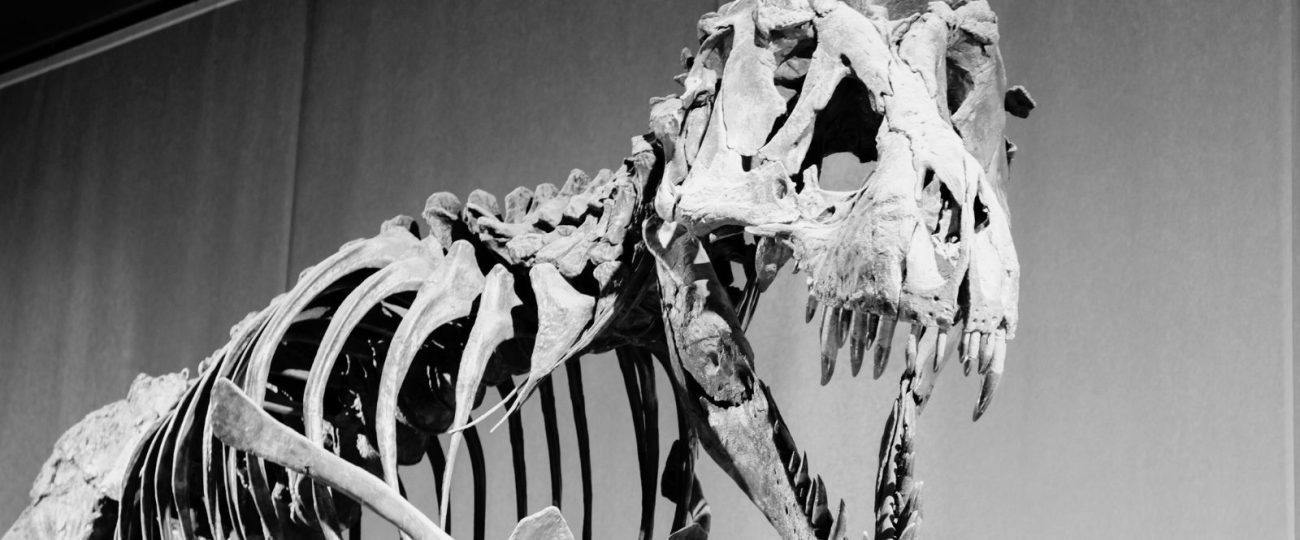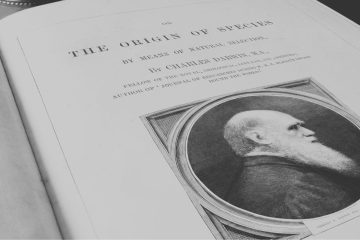What Happened On August 12th?
On August 12, 1990, Susan Hendrickson, an amateur fossil hunter, made a massive discovery in the badlands of South Dakota that would change paleontology forever. While exploring cliffs near the town of Faith, she noticed large bones sticking out of the ground. These bones belonged to a Tyrannosaurus rex, later named “Sue” in her honor.
Hendrickson immediately understood the importance of the find and called her team, led by paleontologist Peter Larson from the Black Hills Institute. They quickly arrived at the site and examined the bones. They realized they had uncovered something extraordinary—a nearly complete T. rex skeleton. The team began the careful excavation, knowing they had found something rare and valuable.
Over the next 17 days, the team uncovered more than 250 bones, which made up about 90% of the skeleton. Sue measured over 40 feet long and stood about 13 feet tall at the hips, making her one of the largest and most complete T. rex fossils ever found. Her skull weighed over 600 pounds and was particularly well-preserved, with many of her original teeth still in place. These details provided a clear look at the anatomy of a T. rex.
One fascinating aspect of Sue’s skeleton is the evidence of severe injuries she sustained during her life. Scientists studying her bones discovered several pathologies, including broken ribs that had healed over time, indicating that she survived multiple traumatic events. In addition, Sue’s jaw showed signs of a serious infection, possibly caused by a bite from another T. rex. This infection could have been life-threatening and might have contributed to her eventual death. These injuries tell a story of a predator that lived a violent and dangerous life, constantly battling for survival.
Another interesting detail is that Sue’s skeleton included a wishbone, or furcula, which is a key feature linking birds to dinosaurs. The presence of this bone in Sue’s anatomy provided further evidence supporting the theory that modern birds are direct descendants of theropod dinosaurs like T. rex. This discovery has been crucial in understanding the evolutionary relationship between dinosaurs and birds, offering tangible proof that these ancient giants share a common ancestry with the creatures that fly above us today.
The team worked carefully to excavate Sue. They handled the fragile bones with great care to avoid damage and wrapped the larger bones in protective coverings to safely transport them back to the Black Hills Institute. Each bone they uncovered added to their understanding of this incredible predator.
The team found Sue in the Hell Creek Formation, an area rich with dinosaur fossils from the late Cretaceous period. Alongside Sue’s bones, they uncovered remains of other animals, including Triceratops and Edmontosaurus, which helped them understand more about the environment in which Sue lived. The Hell Creek Formation is also famous for containing a distinct layer of iridium, a rare element that is more common in asteroids. This layer is evidence of the massive asteroid impact that is believed to have caused the mass extinction event that wiped out the dinosaurs around 66 million years ago. Sue’s discovery within this formation places her among the last of the dinosaurs to have lived before this catastrophic event.
The legal battle that followed Sue’s discovery became almost as intense as the find itself. The Black Hills Institute believed it had legally purchased the fossil from landowner Maurice Williams. However, complications arose when the team discovered that the U.S. government held the land in trust. This situation led to a long legal dispute that ended with the government taking the fossil. After years of court battles, Sue was auctioned off in 1997.
One lesser-known aspect of this legal saga involved the Sioux tribe, as the land where Sue was found was part of the Cheyenne River Indian Reservation. The tribe argued that the fossil should belong to them, adding another layer of complexity to the ownership dispute. Ultimately, the court ruled in favor of the U.S. government, leading to Sue’s auction.
The Field Museum in Chicago won the auction with a bid of $8.36 million, ensuring that Sue would be preserved and displayed for the public. Since her arrival at the museum, Sue attracted millions of visitors and became a central subject of scientific study. Researchers used modern technology to study her bones and gained new insights into how T. rex moved, hunted, and lived.
Sue’s discovery sparked widespread interest in dinosaurs and inspired many people to learn more about the ancient past. Her skeleton, on display since 2000, became a symbol of the T. rex. Featured in documentaries, books, and educational programs, Sue continued to fascinate audiences. Ongoing studies of her bones revealed more about her life, including signs of injuries and infections that may have contributed to her death.
Recent studies have even suggested that Sue might have suffered from a parasitic infection similar to trichomoniasis, which is found in modern birds. This infection could have caused significant damage to her throat and mouth, leading to difficulty in eating and possibly hastening her demise. This discovery adds another layer of depth to our understanding of the challenges these ancient creatures faced, even as apex predators.





